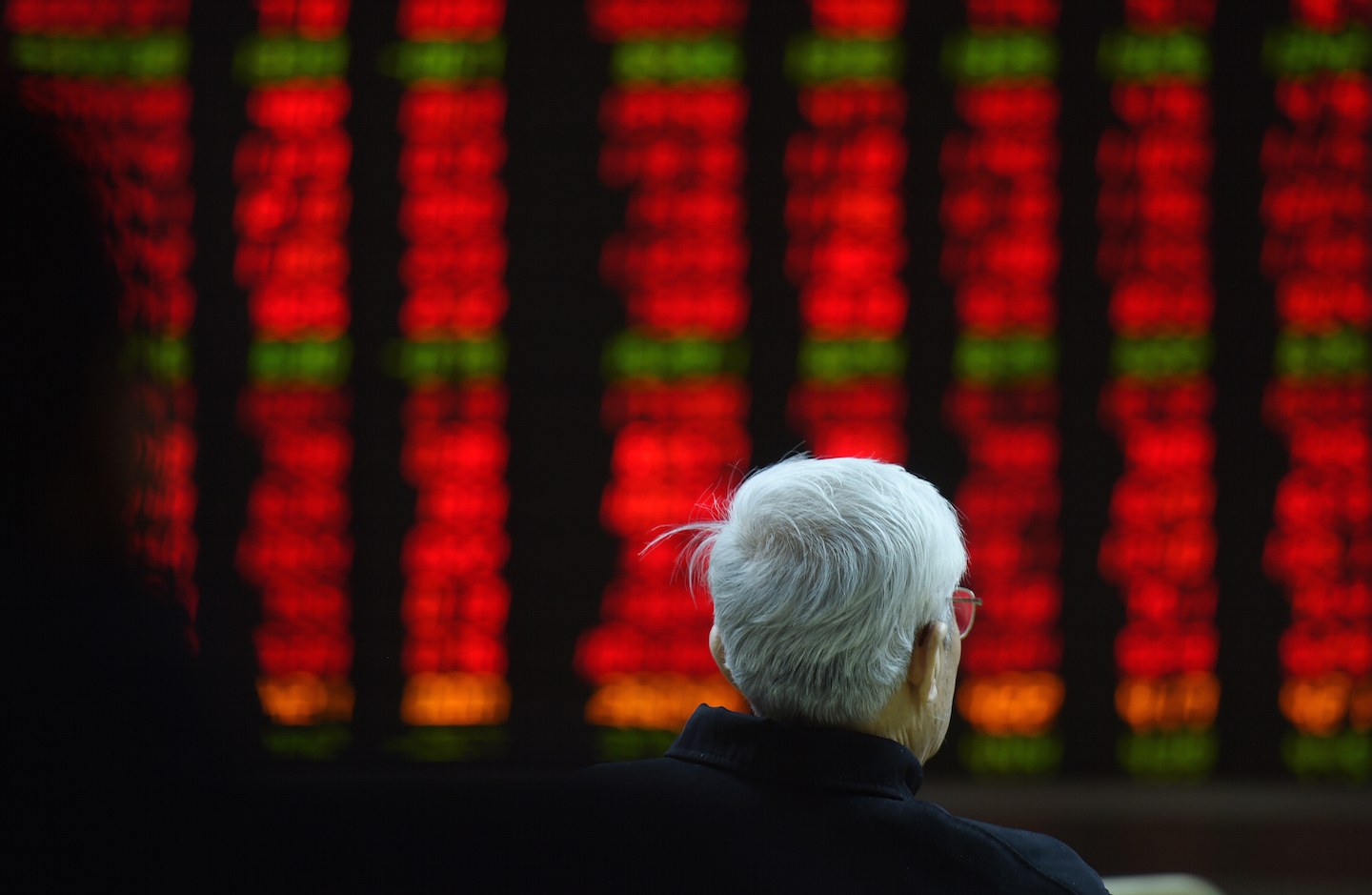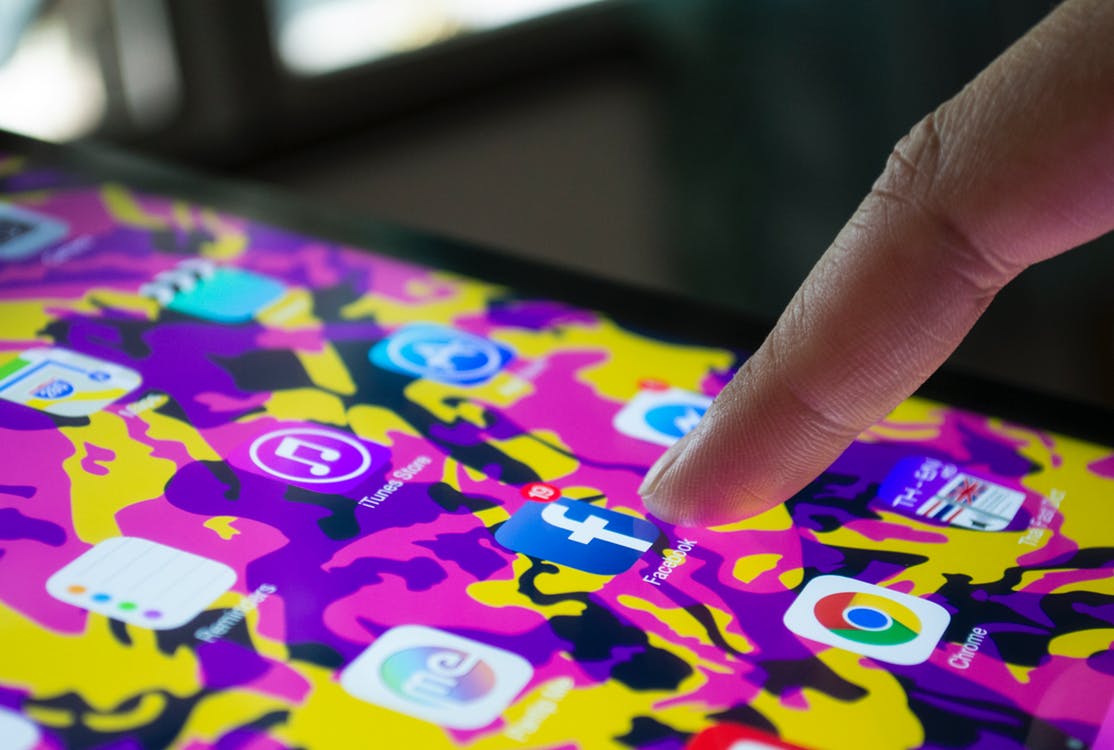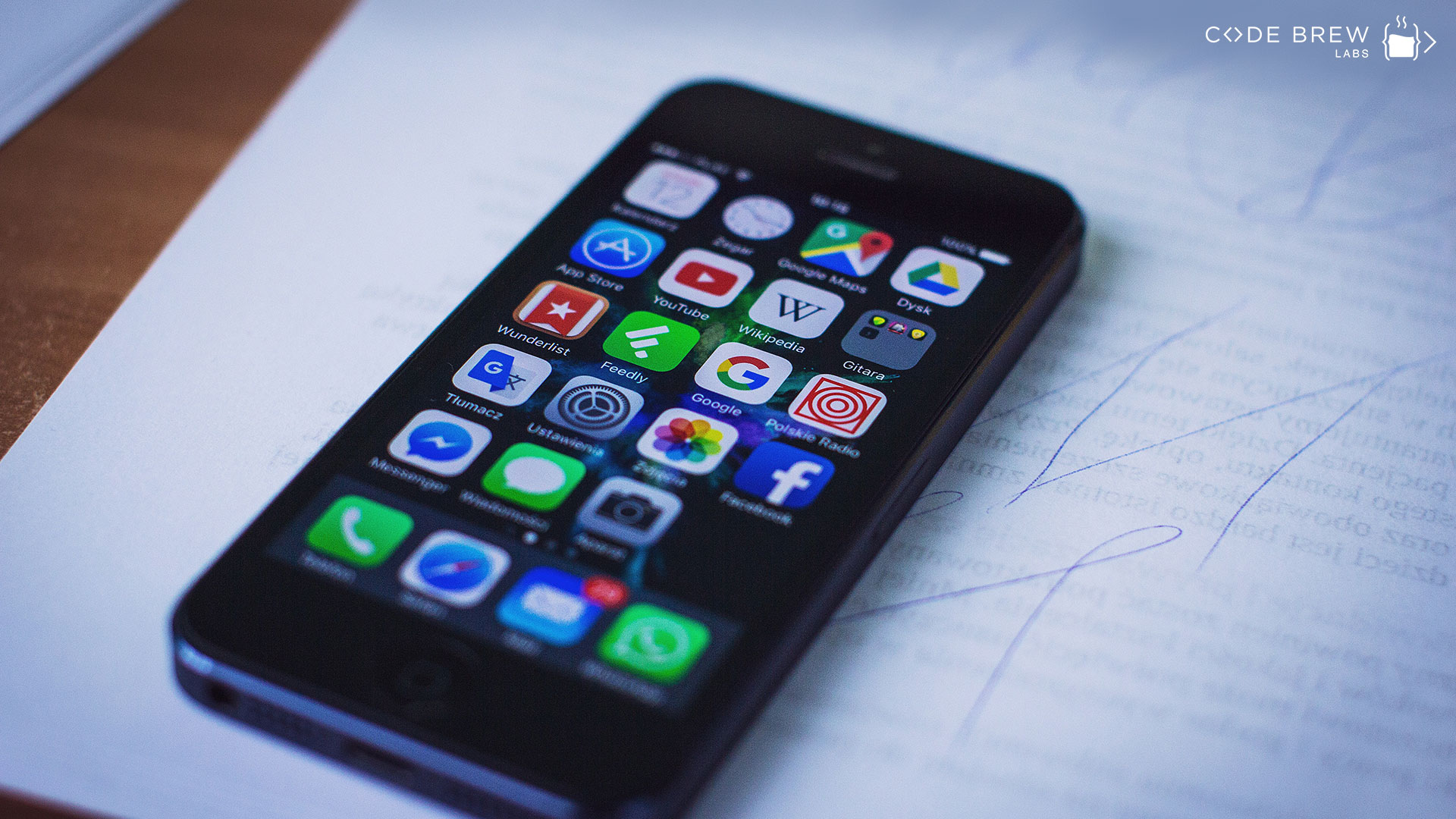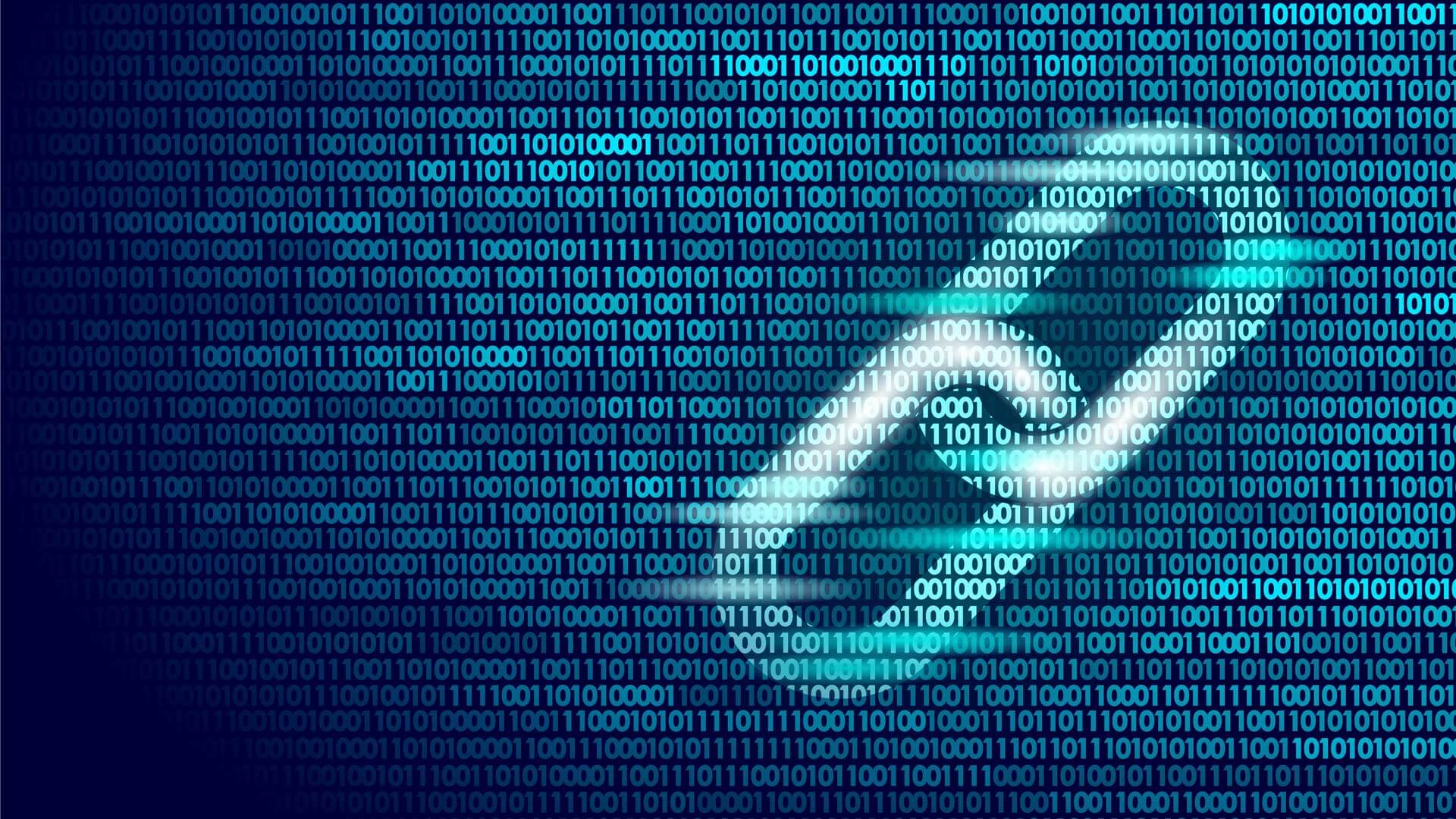When the first cab from Uber came into play, it caused a massive uproar amongst the drivers of the conventional yellow cabs in the United States. What led to an excruciating response wasn’t the emergence of another group of drivers, but the tech this group had adopted in order to cater to the riders across different cities. The conventional yellow cabs, for years, had operated in a timeframe that was convenient to them and had little to offer to the rider when it came to the ease of summoning a cab.
With the onset of Uber, users, with a few taps on their Smartphone, could order a cab, wherever they wanted, whenever they wanted, and the drivers of the yellow taxis saw this working mechanism as a threat to their ruthless way of business. Against many pointless protests and along many profitable years, today, Uber flourishes as the epitome of On-Demand Economy. Along with its idea, what got Uber to its present day mammoth valuation was the tech it adopted, and how the same tech assisted the user and the business between the two. The success of Uber’s tech did not lie alone in getting users to their cabs, but getting those users too who probably had no experience of riding in one, thus answering the riddle of their phenomenal market expansion.

Cost-Effective Hardware solutions have made it possible for people all over the globe to afford Smartphones. For the ones, especially in markets like Asia and Europe, who cannot necessarily afford an Apple or Samsung, the solution in lies in devices manufactured by many Chinese enterprises. Eventually, everyone has the ticket to the circus of On-Demand Economy, and with the essential Operating Systems in place, the apps are downloaded and accessed.
However, the current technology running the On-Demand Economy circus comes with an agenda, which is for the people and by the people. Users, across different spectrums, from the ones summoning a cab to the ones waiting for a hot cup of tea from a nearby vendor, they all want the ‘Estimated Time of Arrival’ to be calculated accurately. It has been observed that the success of many On-Demand business models is directly proportional to the performance of their service providers or the logistic partners. The bottom line being, if you can’t get the service to the user on time, it doesn’t matter how good or bad your service is.
Technology has been inculcated well within the On-Demand Business structure. Taking the example of Uber, which doesn’t have any offline customer care or even a hotline to assist its users. The ride details are shared with three different parties; the user, driver, and the business end of Uber that facilitates a smooth transaction of the services. All grievances are addressed through the App interface, without having the user to write extensive emails or pleading for support that would never come in the case of conventional offline services. However, what drives this tech facilitation so effectively?
How does Essential Tech Facilitate Effective On Demand Services – Part 2






